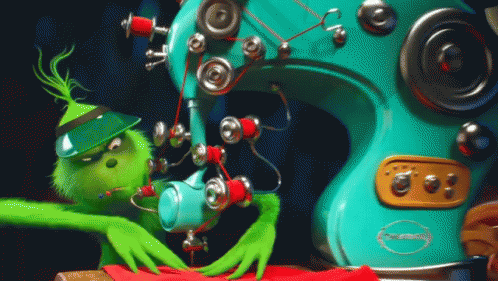Week 10
Mechanical Design and Machine Design
- Design a machine that includes mechanism + actuation + automation + application.
- Actuate and automate your machine


Our team:

Augusto Mantilla

Brenda Pastrana

Gabriela Tamanis

Luis Bulas

Olaf Garcia

Jose Manuel Alvarez

Erick Guevara

Ximena Cisneros

- The idea -

A CNC (Computer Numerical Control) machine is a manufacturing tool that operates under the control of a computer program. It utilizes numerical data input to automatically execute precise and complex machining operations. CNC machines are capable of cutting, drilling, milling, turning, and other processes with high accuracy and repeatability
The idea is to create a CNC sewing machine, where there is a movable bed controlled by a computer to embroider any image converted into code. The CNC sewing machine would essentially operate similarly to other CNC (Computer Numerical Control) machines, but instead of cutting or engraving materials, it would use a needle and thread to sew designs onto fabric. The computer would interpret digital images or designs and convert them into instructions (G-code) that the machine can understand, allowing it to precisely sew intricate patterns or designs onto fabric with high accuracy and consistency. This technology would offer a more automated and customizable approach to embroidery, enabling users to create detailed and complex designs with ease.
- Materials -
- Design and Assembly -
In our pursuit of an optimal machine design, our foremost consideration was simplicity. We aimed to create a structure that is not only straightforward but also lightweight, ensuring ease of handling and maneuverability. It was crucial for us to strike a balance, avoiding excessive weight that could impede its functionality while still maintaining structural integrity. Additionally, we were mindful to steer clear of any unnecessary bulkiness or unwieldiness, ensuring that the machine's footprint remains compact and its presence unobtrusive within its intended workspace.


















































